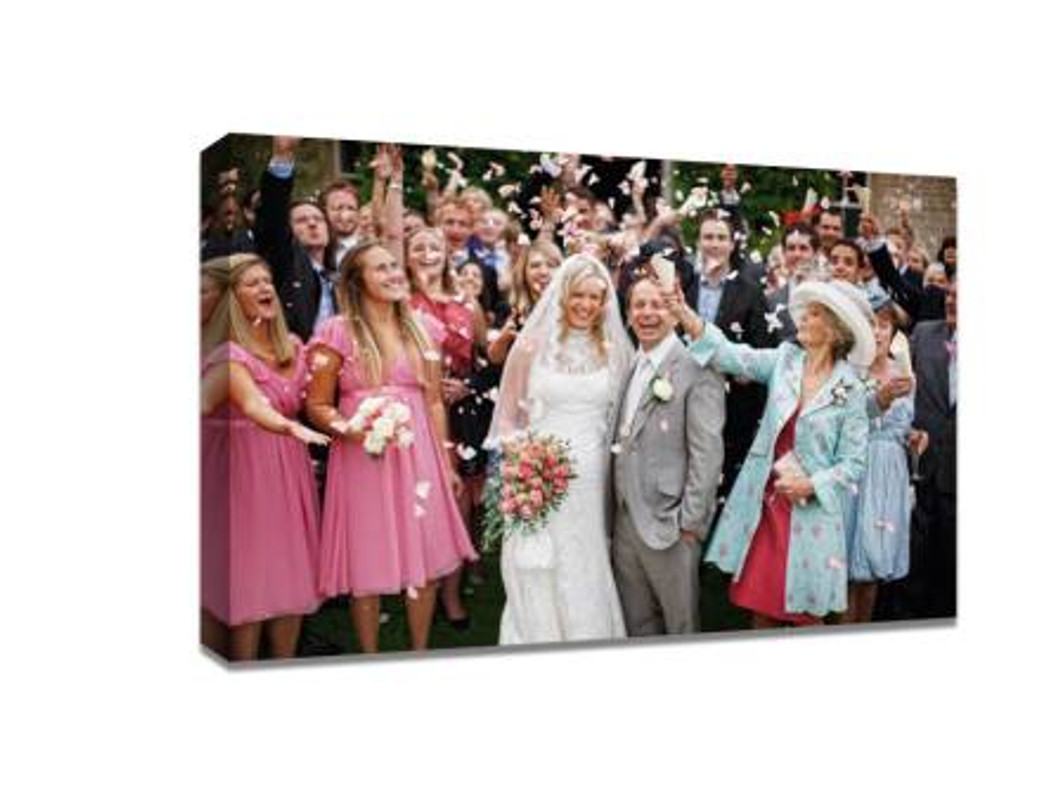Do a Good Job in Preparation of Wedding Photography: A Complete Guide for Couples
Your wedding day is one of the most important moments in life, and the photographs taken will remain as timeless keepsakes to relive those memories. Many couples underestimate the importance of preparation for wedding photography, only to feel rushed or miss out on capturing meaningful shots. With careful planning and attention to detail, you can ensure that your photos reflect your love story in the most authentic and beautiful way. And when the big day is over, nothing compares to reliving those moments through high-quality canvas prints Australia, transforming your memories into art that lasts a lifetime.
Why Wedding Photography Preparation Matters
Wedding photography isn’t just about snapping pictures—it’s about telling a story. Every detail, from the rings and dress to the emotions on your loved ones’ faces, plays a part in that story. Without preparation, crucial moments might be overlooked, leaving gaps in the visual narrative of your day. By preparing ahead, you give your photographer the opportunity to capture every meaningful detail and ensure the entire experience is smooth and enjoyable.
Step 1: Select the Right Photographer
The first and most critical step is choosing a photographer whose style matches your vision. Do you prefer a traditional, posed approach or a candid, documentary style? Review portfolios carefully, ask questions about their process, and check if they have experience in wedding photography at venues similar to yours. A good photographer not only has technical skills but also knows how to make couples feel comfortable in front of the camera.
Step 2: Plan a Pre-Wedding Consultation
Before the wedding, meet with your photographer to discuss expectations and must-have shots. Share your personal story—how you met, your favorite moments together, and what emotions you want captured. Create a list of specific photos, such as family portraits, first looks, and candid moments with friends. This ensures your photographer knows your priorities and won’t miss anything important.
Step 3: Organize Your Timeline
A well-planned wedding timeline is essential for smooth photography. Work with your photographer and wedding planner to map out when and where photos will be taken. Allow enough time for key moments like getting ready, the ceremony, family photos, and the reception. Keep in mind that lighting plays a huge role in photography; if possible, schedule couple portraits during golden hour (the hour before sunset) for the most flattering light.
Step 4: Prepare Your Details
The little details—rings, shoes, invitations, bouquets—tell the unique story of your wedding. Set aside these items in one place for the photographer before the day begins. This helps save time and ensures no detail is forgotten. For brides, consider choosing a spacious room with good natural light to get ready, as this creates stunning preparation shots.
Step 5: Communicate with Family and Friends
Large group photos can be stressful without preparation. Assign a family member or close friend to help the photographer gather people for group shots. Share the photo list with them so they know who needs to be included. Clear communication avoids confusion and ensures everyone is present when needed.
Step 6: Practice and Stay Relaxed
Engagement shoots or pre-wedding sessions are excellent ways to practice being in front of the camera. They help you build trust with your photographer and feel more relaxed on the wedding day. Remember, the best wedding photos often come when you’re natural and enjoying the moment rather than focusing too much on posing.
Step 7: Focus on Emotions, Not Perfection
Your wedding day isn’t about looking flawless—it’s about celebrating love. Instead of worrying about every detail, focus on enjoying the day with your partner. Genuine emotions—laughter, tears, and hugs—create the most powerful photographs. Trust your photographer to capture these moments authentically.
Step 8: Plan for Post-Wedding Prints
Digital galleries are convenient, but physical prints give your memories a tangible presence. After the wedding, select your favorite photographs to display in your home. Framed photos are classic, but canvas prints provide a modern, artistic touch. They add warmth to your living space while keeping your wedding memories alive for generations.
Conclusion
Wedding photography is more than documentation; it’s a way to preserve the love, joy, and story of your big day. By carefully preparing in advance—choosing the right photographer, planning timelines, organizing details, and focusing on emotions—you can ensure your photographs truly reflect the essence of your celebration. And when the day is over, bringing those memories to life through canvas prints is the perfect way to relive your love story every day.
Your wedding will last only a few hours, but your photographs will last forever. Preparation is the key to making sure those memories shine.
Recent Posts
-
The Ultimate Guide to Designing a Canvas Prints Gallery Wall for Beginners
Designing a gallery wall can feel overwhelming, especially if you have never done it before. Questio …15th Dec 2025 -
Why Panoramic Canvas Prints Are the Best Way to Display Your Travel Photography
Travel photography is more than just images saved on a phone or hard drive—it represents memories, e …15th Dec 2025 -
The Best Canvas Prints for Your Bedroom: Create a Relaxing Atmosphere
Choosing the right artwork for your bedroom can completely transform the way the space feels. A bedr …11th Dec 2025
